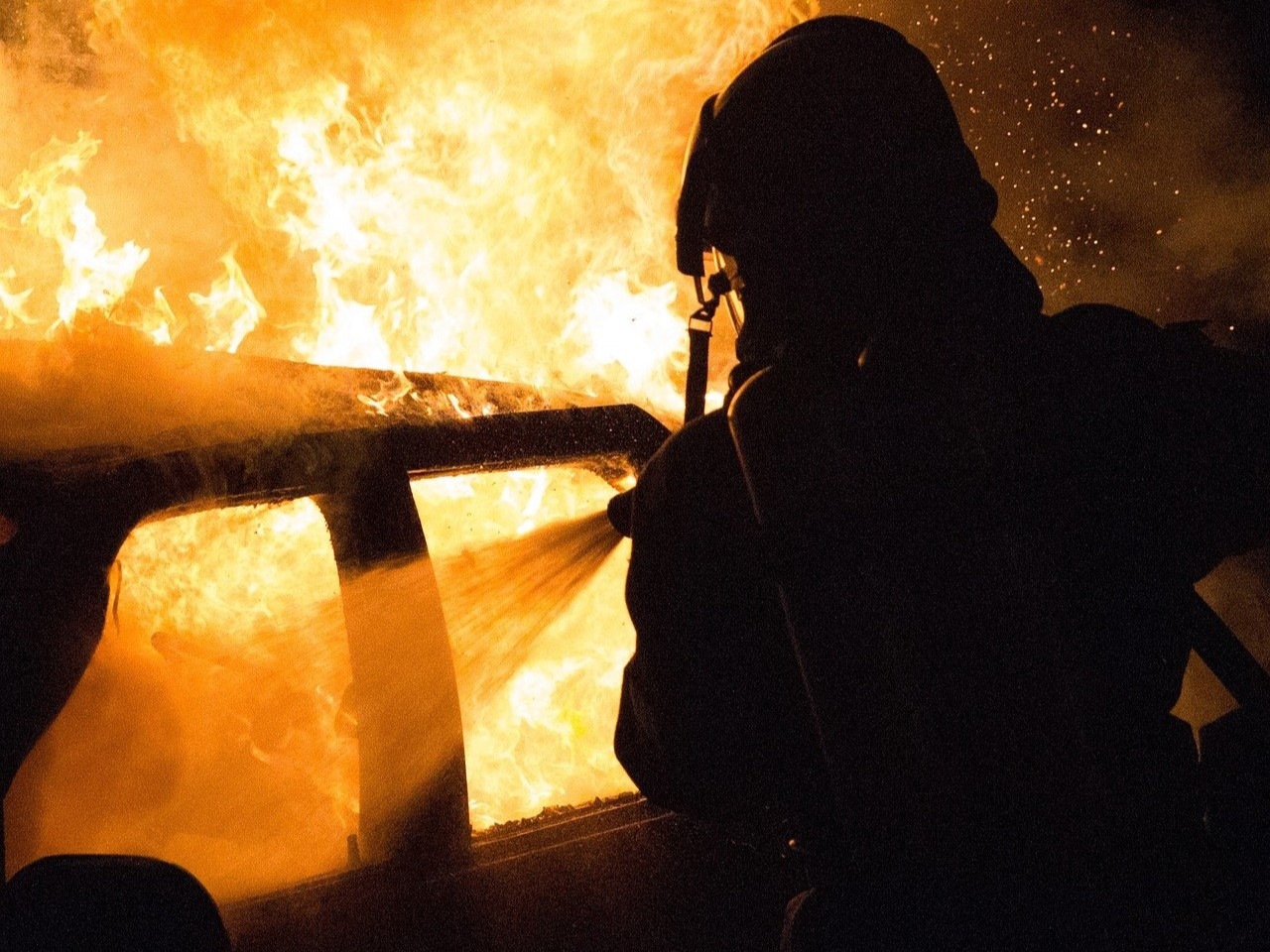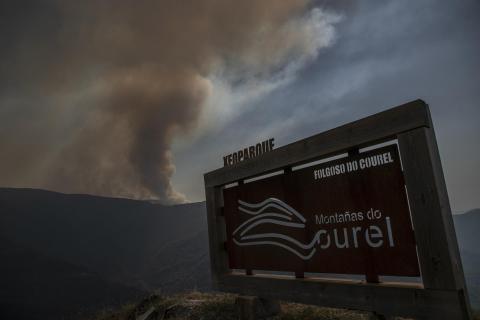The frequency of certain fires in cities will increase in the coming decades
According to a modelling study published in Nature Cities, the frequency of some types of fires in cities is expected to increase in the coming decades as a result of climate change. This increase would be seen in vehicle fires and in those that occur outdoors. The conclusions are based on data from more than 2,800 cities in 20 countries and could be useful for future urban planning and emergency response strategies.

Juli G. Pausas - incendios EN
Juli G. Pausas
Research Professor at the Centre for Research on Desertification (CIDE-CSIC)
The article is interesting because it highlights that climate change can also affect urban fires, in addition to forest fires; the latter being much more studied in relation to the climate. It is a wake-up call for increased policies to prevent or reduce urban fires, given that climate change continues inexorably.
But it can also lead to the confusion that the increase in urban fires only depends on climate change and this is not true. Factors such as changes in the structure of cities, in building materials and in building and safety systems legislation are very important and these have not been taken into account in the study. For example, many cities are growing in size, with houses with gardens that are often flammable and located close to forested areas. All this makes it easier for an ignition to turn into an urban fire.
Eduardo Rojas - incendios ciudades
Eduardo Rojas Briales
Lecturer at the Polytechnic University of Valencia and former Deputy Director-General of the FAO
The aforementioned research deals with peri-urban and urban fires, including four categories of fires: building fires, vehicle fires, vegetation fires and outdoor activity fires. It deals with information from 20 countries, none of them from Africa or Latin America and the Caribbean; and from the Mediterranean only Greece and Cyprus. It leaves out Turkey, the Maghreb, Portugal, Spain, France and Italy, as well as Mexico and Chile, all of them key countries in terms of fires and especially in the urban-forest interface. It does not address the relationship between the state of the peri-urban environment and the size that a fire can reach.
The main focus of this article is the application of climate change scenarios to these types of fires. Generally, in the case of urban-forest interface fires, these four categories are not mixed together. There are doubts about the impact of electrification on the conclusions regarding vehicle fires.
The main limitation is the exclusion of most Mediterranean countries, Mexico and Chile, as well as the inclusion of very urban aspects (fires in buildings, vehicles and open air) together with those of surrounding vegetation.
It does not reach very evident operational conclusions for the reasons indicated, although it is a subject well deserving of scientific work that contributes to addressing it in a consistent manner.
Shi et al.
- Research article
- Peer reviewed
- Modelling



